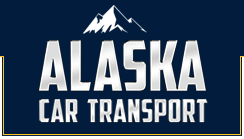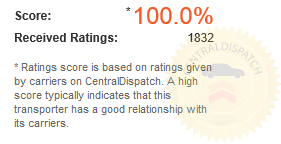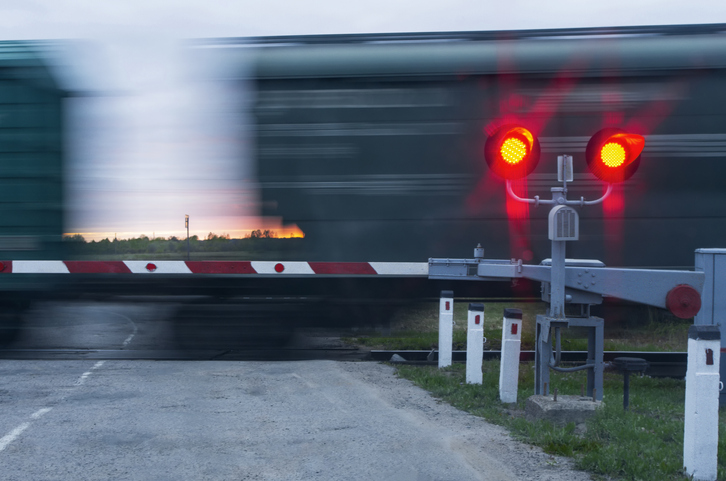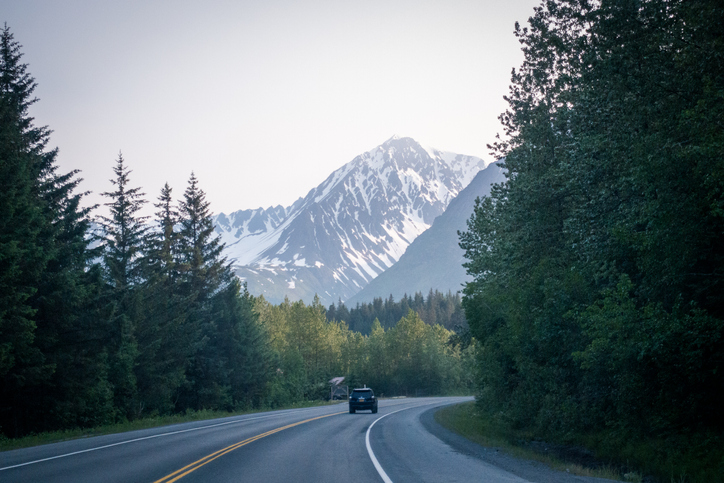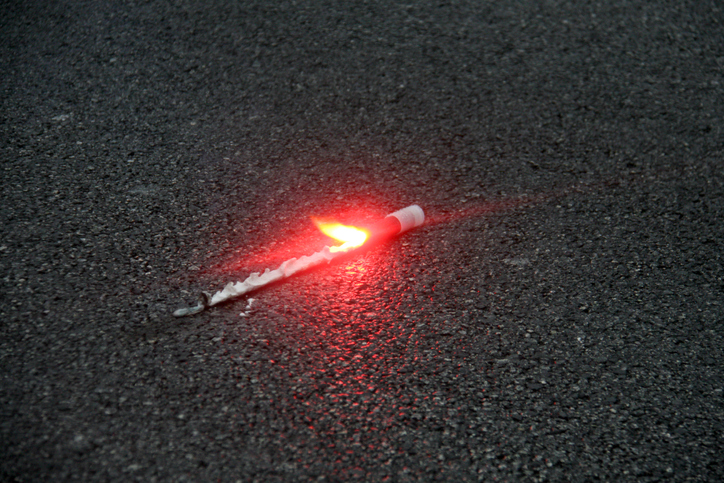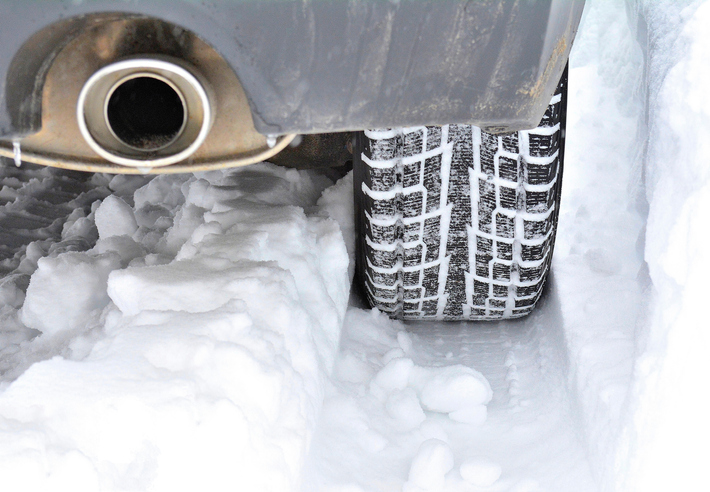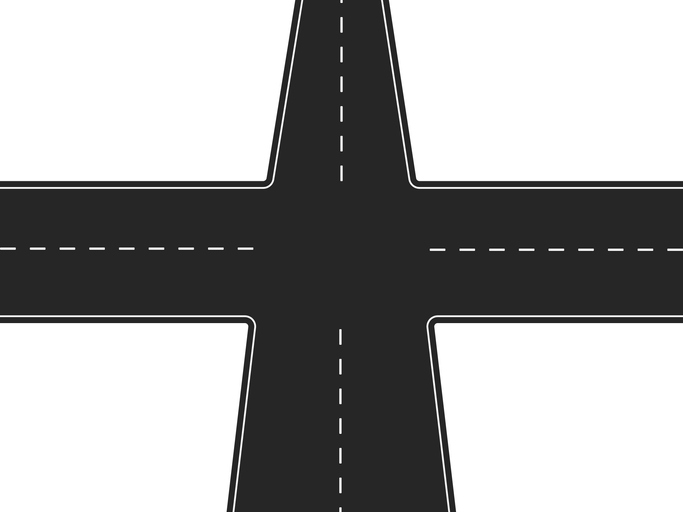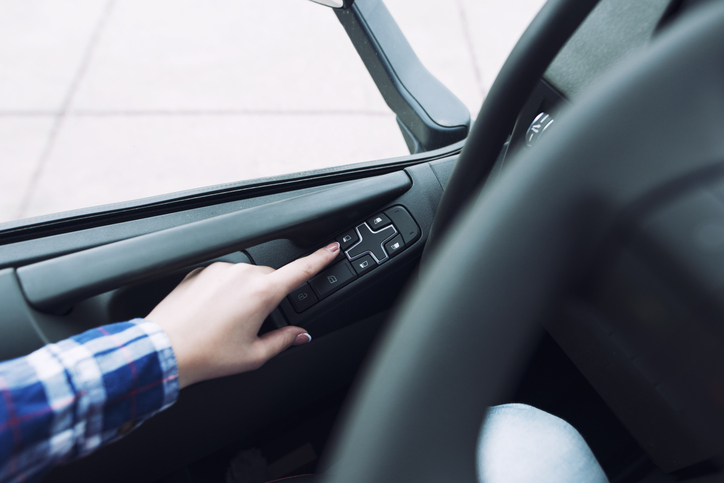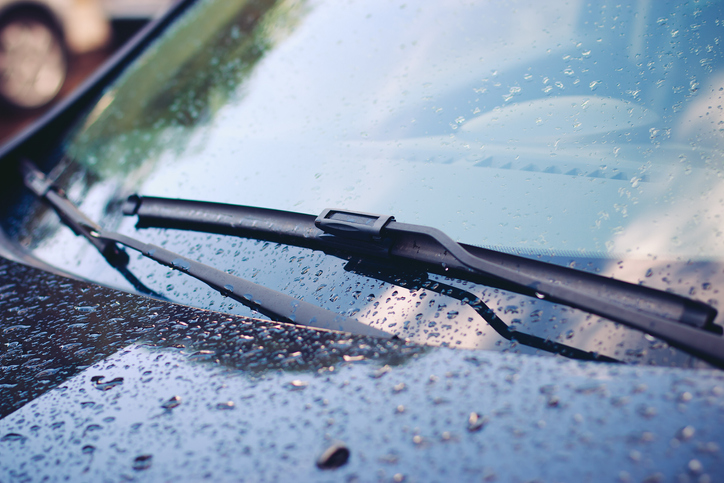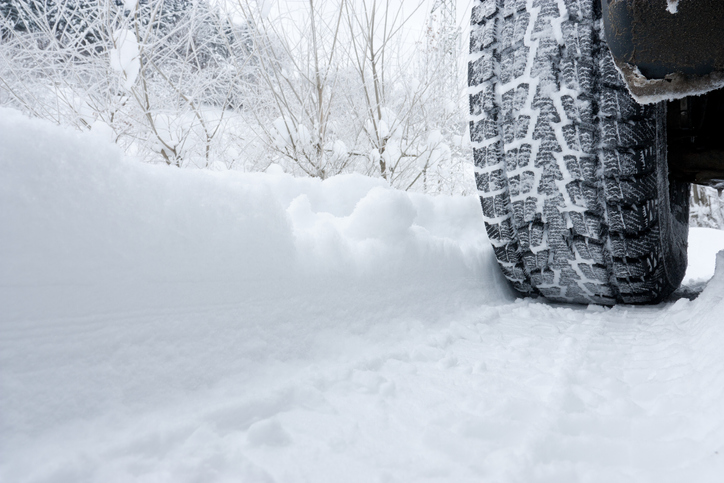Keep your tires and car safe
Keep yourself safe
Final word
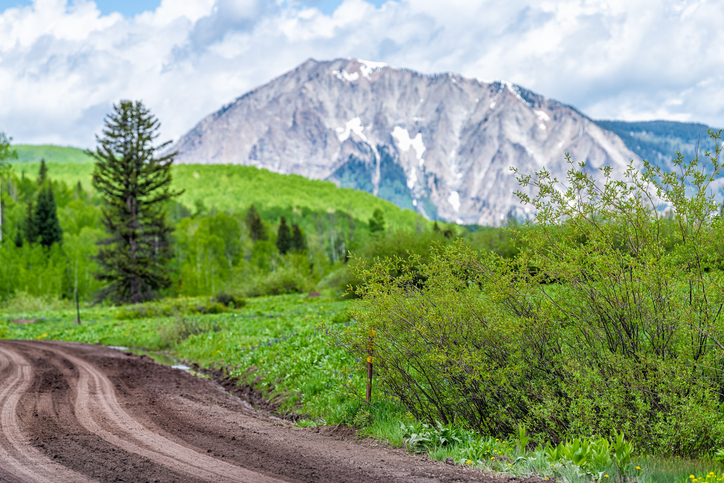
Keep your tires and car safe
Alaska is the largest state in the United States by a long shot. It is comprised primarily wilderness and tundra. This means many of the “roads less traveled” will not be paved. Thus, when you are out driving on a dirt or gravel road in Alaska, you will want to do so with an abundance of caution. Roads that are commonly used in incorporated have been paved for a reason, in order to ensure the smoothest and safest trip possible. However, you can still have a relatively safe and smooth ride when you off-road as long as you do the following:
| Keep it slow | Driving cautiously is key on dirt and gravel roads. If you do start to lose control or encounter an obstacle, you will have much more time to react. |
|---|---|
| Follow those that came before you | Much like you would walking in the snow, if there are tire treads in front of you, cautiously follow them. It will help your tires’ traction and it creates a path for you to follow. |
| Keep off the edges | Stay in the middle of the road or path. The edges of the road generally tend to be less traveled thus those areas will be rougher and more difficult to navigate. |
| Lessen your tire pressure | Believe it or not, slightly lowering the pressure in your tires can help make your ride on an unpaved road a bit smoother. When your tires have less pressure, they will have more give which will allow them to traverse rocks and dirt better while simultaneously lessening the chance of a flat via puncture. |
| Avoid heavy braking and steering | You should absolutely avoid gripping your steering wheel too tightly as well as slamming on your brakes. Over-gripping your steering wheel can transfer the rough terrain’s motion directly into you which can cause injury. Ease into any use of your brakes when possible as sudden stops can be extremely jarring when off-roading. |
Keep yourself safe
You also want to ensure that you and all of your passengers remain safe when you are driving on gravel or dirt roads. A good starting point is to only use a vehicle intended for this type of driving. Some sort of sport utility vehicle or Jeep could work. Avoid trying to use a typical passenger car such as a sedan for any driving on unpaved roads.
Make sure that you are well prepared in case of an emergency where you will not be able to drive any further. Keep emergency supplies in your vehicle. This will include:
- Extra food and water
- A well charged cell phone with excellent service or a satellite phone
- First aid kit
- A spare all-terrain tire (not a donut)
- Flashlights
- A jump box
- Some basic tools
When you are off-roading in particularly remote areas always be sure that you let someone else who is not going with you know where you are going and when you expect to return by. If you end up stranded, this can be the difference between a quick rescue and a considerably longer one.
Finally, your tires should be off-road appropriate as well. If you have a vehicle like a Jeep, odds are it already has off-road ready tires. However, some SUVs and other trucks may only have more typical stock type tires upon purchase. The type of tire that you will want on your vehicle will be all-terrain tires.
Final word
Driving on an unpaved road is not that much of a risk as long as you know what you are doing, and you are prepared. You must drive cautiously without any sudden maneuvering or braking if possible. You should only use the right type of vehicle with the right type of tires. You also need to be ready for emergency situations where you will not be able to continue driving on any further.
